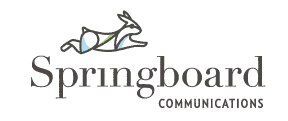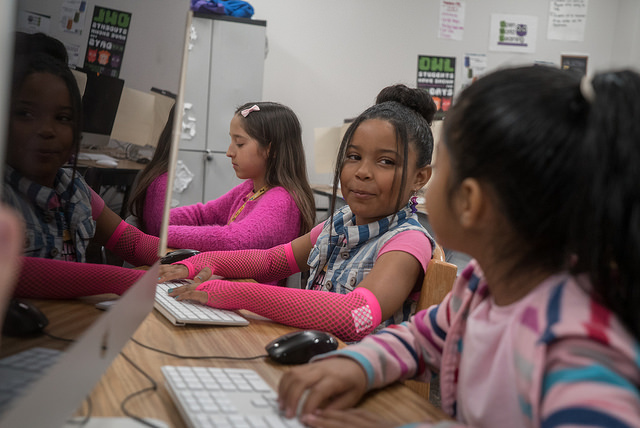4 Ways to Win a Ballot Measure
Win Support by Appealing to Adult Learning Styles
Last November, Denver voters overwhelmingly supported Denver Public Schools’ proposed bond and mill levy package–a whopping $628.6 million worth of improvements. While school districts can’t participate in campaigning for ballot initiatives, they can help ensure parents and other community members understand what a bond and a mill levy are and the potential they have to support student success.
DPS tapped Springboard to lead a robust voter-education strategy. And as educators and communicators, we know that both children and adult learners engage with information in different ways. Our plan was designed to appeal to four primary learning styles: visual, auditory, reading/writing and kinesthetic — with opportunities for audiences to look, listen, linger and move as they please. If you’re gearing up for a ballot measure of your own, check out some of the tactics that ultimately supported this big win!
Animated Videos
“I already pay taxes to support the schools. Why do they want to raise my taxes even more?”
Before voters can get excited about the cutting-edge facilities and impactful programming included in your bond and mill levy proposal, they need to first appreciate the complicated education-funding environment that makes voter support so critical to meeting students’ needs. And as anyone who’s tried to explain a school-district budget knows, this information can be frustrating for even the most interested stakeholder to try to understand.
To make complex information as digestible as possible, prioritize your investment of time and resources to appeal to multiple learning styles within one strategy. Animated videos are a great tool to engage three styles at once: visual, auditory and reading/writing.
To help DPS explain Colorado’s complicated education-funding environment, Springboard Communications directed the production of a series of School Funding 101 videos. The videos answer the top five budget-related FAQs, in a fun and parent-friendly style. Colorful animation, warm narration and simple graphics present what could otherwise be overwhelming concepts. Best of all, the videos themselves are budget-friendly: they cost around $500 per minute to animate. Our video dispelling myths associated with Colorado’s marijuana-tax funding was an especially big hit, generating thousands of views, shares and comments.
Success Stories
In addition to understanding what a bond and a mill levy are, parents and other stakeholders need to be informed of what they can do. Appealing to readers and visual learners, Springboard Communications also directed the production of a series of success stories sharing the impact of previous bond and mill projects.
Rather than rattling off a construction punch-list for each school, the success stories humanize the investments by featuring the students, teachers and families who benefitted from the improvements supported. Each success story includes direct quotes and an eye-catching photo of the interviewee. Click here and here for a couple of our favorite examples.
Backseat Budgeter
Once parents and other stakeholders understand what a bond and a mill levy are and can appreciate their potential impacts, they may get excited about their own ideas for how the funding should be invested. The trick is to channel that enthusiasm into meaningful feedback.
Denver Public Schools harnessed the interest in their potential bond and mill levy priorities by creating a feedback exercise aimed at kinesthetic learners. At a parent forum led by the acting superintendent, parents took part in a table exercise that asked them to work individually to divide $100 across four potential investment areas. Then the table members were asked to complete the same process as a group, developing a unified recommendation for investing the $100. Click here to see the handouts from this table exercise. (The exercise wasn’t provided as part of Springboard’s support.) DPS Bond/Mill Table Activity
Interactive Map
A bond can be characterized by another layer of meaning — it unites the school district and the community in a shared commitment to improving schools for students. In Denver, that commitment included equity in funding, so that students in every neighborhood would benefit from the improved buildings and enhanced programs.
To truly show the breadth of the 2012 Denver bond impacts, Springboard Communications directed the production of an interactive map. The map appeals to reading, visual and kinesthetic learners, who can mouse over pins that represent each of the more than 100 bond projects. When a user lingers on a project, they have the option to click in to read a brief description of the project or a longer success story, look at a photo slideshow, or watch a video. Visit bond.dpsk12.org to check out the videos, success stories and interactive map featured in this post.

